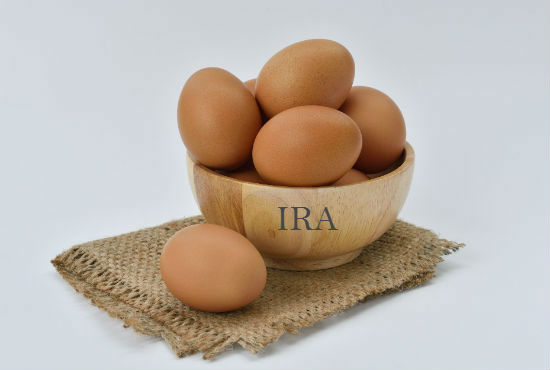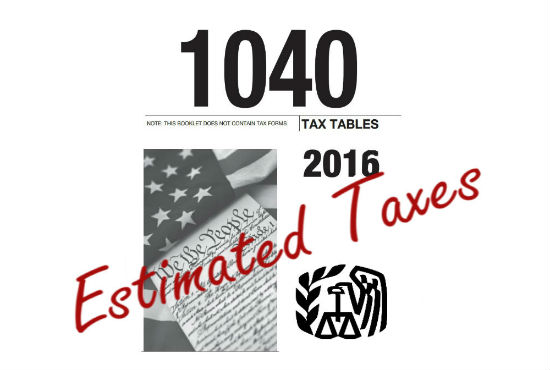By Justin Fundalinski, MBA | March 20, 2017
 There are some very confusing rules when it comes to whether or not you are able to contribute to Traditional IRAs and Roth IRAs and whether or not your contribution is deductible. In this month’s article I aim to clarify these rules so you will be able to catch your mistakes before the IRS subjects you to a nasty penalty.
There are some very confusing rules when it comes to whether or not you are able to contribute to Traditional IRAs and Roth IRAs and whether or not your contribution is deductible. In this month’s article I aim to clarify these rules so you will be able to catch your mistakes before the IRS subjects you to a nasty penalty.
Let’s get the basics out of the way:
- For 2017, the maximum amount of contributions (without penalty) that an individual can make is $5,500 ($6,500 if you’re age 50 or older).
- You can only contribute an amount equal to or less than your earned compensation (as long as that amount does not exceed the maximum allowed contribution). Compensation includes wages, salaries, and commissions, self-employment income, taxable alimony, jury fees, and more. However, other sources of income such as pension, annuity, Social Security, IRA distributions, rental, interest, dividend, capital gain, child support, and more do not count as earned income.
- You can contribute to a Traditional IRA (without penalty) only until you are age 70½. Roth IRA’s on the other hand are not subject to this age restriction.
- Traditional IRA contributions may be Don’t just assume that they are. If you or your spouse has a retirement plan at work (defined contribution plan, IRA based plan, or defined benefit plan) there are some rules in play that reduce the deductibility.
- Roth IRA contributions are never deductible. However, don’t just assume you can always make a Roth contribution because there are rules that restrict the amount of Roth contributions you can make based on your income.
What if you don’t have earned compensation?
Just because you don’t have earned compensation does not mean you are totally out of luck and cannot contribute to an IRA. If you are married and filing jointly an IRA contribution can be made to your IRA based off of your spouses earned compensation.
What if you are covered by a Retirement Plan at work?
When you are covered by a retirement plan at work you can always contribute to a Traditional IRA; however, you may not be able to deduct the contributions on your taxes. Whether or not you can deduct your contribution depends entirely on your Modified Adjusted Gross Income (MAGI) and your filing status.
- Single or Head of Household with MAGI of $62,000 or less can take a full deduction. If MAGI is above $72,000 then there is no deduction. Anywhere in-between you get a partial deduction.
- Married filing jointly or qualifying widow(er) with MAGI of $99,000 or less can take a full deduction. If MAGI is above $119,000 then there is no deduction. Anywhere in-between you get a partial deduction.
- Married filing separately with MAGI of 10,000 or less can take a full deduction. If MAGI is above $10,000 then there is no deduction. Ouch!
What if your spouse is covered by a retirement plan at work but you are not?
You guessed it, there is a completely different set of restrictions on how much you can deduct of your contribution if your spouse is covered by a retirement plan at work but you are not.
- Married filing jointly with a spouse covered by a plan at work and MAGI of $186,000 or less can take a full deduction. If MAGI is above $196,000 then there is no deduction. Anywhere in-between you get a partial deduction.
- Married filing separately with a spouse covered by a plan at work and MAGI of $10,000 or less can take a full deduction. If MAGI is above $10,000 then there is no deduction. Anywhere in-between you get a partial deduction. Ouch again!
If you are putting the puzzle pieces together as you read this you can see that it is very possible that you may not be able to deduct your Traditional IRA contribution while your spouse can (or vice versa). Talk about muddy waters!
What are the restrictions on Roth IRA contributions?
As I noted earlier, you can never deduct Roth contributions and there are rules that restrict how much of a contribution you can make. Again, it comes down to MAGI and filing status.
- Single, head of household, or married filing separately with MAGI of $118,000 or less can make a full contribution. If MAGI is above $133,000 then no contribution can be made. Anywhere in-between you can make a partial contribution.
- Married filing jointly or qualifying widow(er) with MAGI of $186,000 or less can make a full contribution. If MAGI is above $196,000 then no contribution can be made. Anywhere in-between you can make a partial contribution.
- Married filing separately with MAGI of $10,000 or less can make a full contribution. If MAGI is above $10,000 then no contribution can be made. Ouch Ouch Ouch!
There are plenty more rules that come into play but these cover the majority of the rules that can get you in trouble. As always, we are here to help with all of your retirement questions so feel free to reach out to us at the office anytime.







